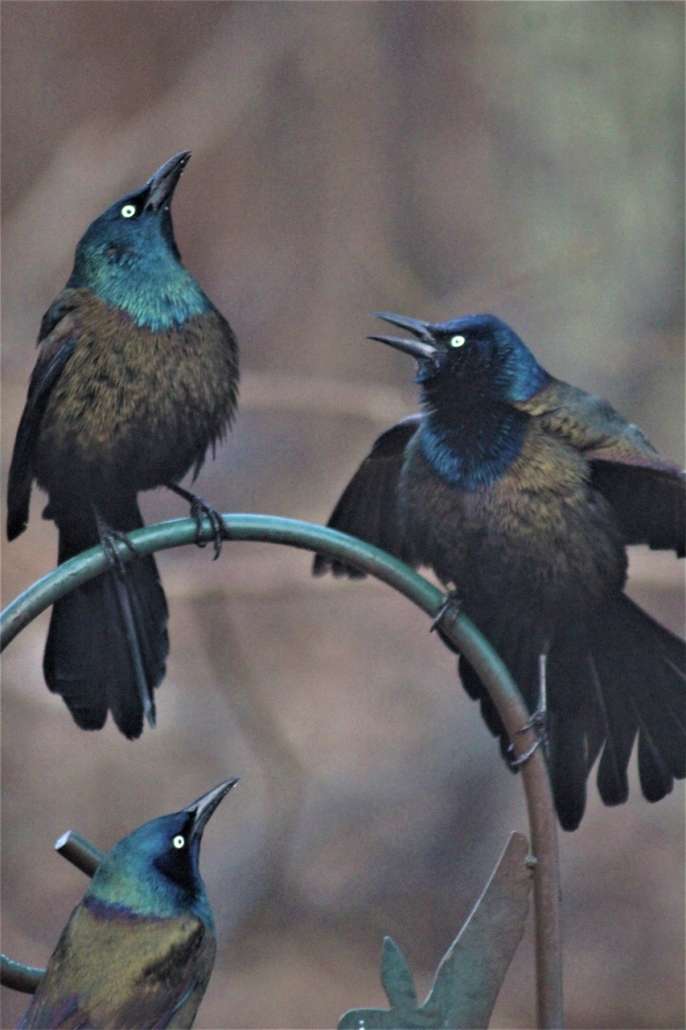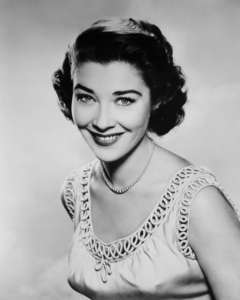FOR YOUR HEALTH: 10 tips for maintaining a healthy lifestyle

A happier, healthier you can start with a quality fitness program.
by Yiqing Song, Professor of Epidemiology, Department of Epidemiology, Fairbanks School of Public Health
At this extreme moment, we began working from home, away from campus, and keeping social distance for as many people as possible. As we stay home and are stuck with the foods that have been in our fridge or pantry for a while, we are temporarily living a sedentary lifestyle with increased odds of physical inactivity, excessive eating and sitting, stress, anxiety, and depression. In particular, many of us will gain some weight during the pandemic and may keep the extra weight permanently, which may carry considerable health risks for type 2 diabetes, hypertension, heart attack, stroke, and other health problems.
Here, I’d like to share some basic tips and resources for how to maintain your healthy lifestyle, body weight, and overall well-being while staying home and engaging in social distancing.
1. Measure and Watch Your Weight
Keeping track of your body weight on a daily or weekly basis will help you see what you’re losing and/or what you’re gaining.
2. Limit Unhealthy Foods and Eat Healthy Meals
Do not forget to eat breakfast and choose a nutritious meal with more protein and fiber and less fat, sugar, and calories.
3. Take Multivitamin Supplements
To make sure you have sufficient levels of nutrients, taking a daily multivitamin supplement is a good idea, especially when you do not have a variety of vegetables and fruits at home. Many micronutrients are vital to your immune system, including vitamins A, B6, B12, C, D, and E, as well as zinc, iron, copper, selenium, and magnesium. However, there’s currently NO available evidence that adding any supplements or “miracle mineral supplements” to your diet will help protect you from the virus or increase recovery. In some cases, high doses of vitamins can be bad for your health.
4. Drink Water and Stay Hydrated, and Limit Sugared Beverages
Drink water regularly to stay healthy, but there is NO evidence that drinking water frequently (e.g. every 15 minutes) can help prevent any viral infection.
5. Exercise Regularly and Be Physically Active
At this time, at-home workouts may be a good idea. But you can also walk your dog or run outside.
6. Reduce Sitting and Screen Time
Exercise can’t immunize you from your sedentary time. Even people who exercise regularly could be at increased risk for diabetes and heart disease and stroke if they spend lots of time sitting behind computers.
7. Get Enough Good Sleep
There is a very strong connection between sleep quality and quantity and your immune system. You can keep your immune system functioning properly by getting seven to eight hours of sleep each night.
8. Go Easy on Alcohol and Stay Sober
Drinking alcohol does not protect you from the coronavirus infection. Don’t forget that those alcohol calories can add up quickly. Alcohol should always be consumed in moderation.
9. Find Ways to Manage Your Emotions
It is common for people to have feelings of fear, anxiety, sadness, and uncertainty.
10. Use an App to Keep Track of Your Movement, Sleep, and Heart Rate
A reminder: People with serious chronic medical conditions, including extreme obesity, diabetes, and heart disease are at a higher risk of experiencing complications and getting very sick from the COVID-19 infection. They should talk to their medical providers and listen to their advice.













 Saving money, time and trouble on getting quality oral care with a dental savings plan can certainly be something to smile about.
Saving money, time and trouble on getting quality oral care with a dental savings plan can certainly be something to smile about.



